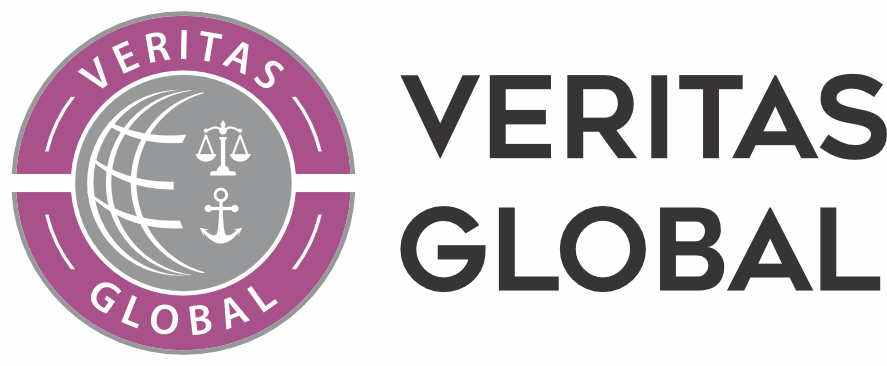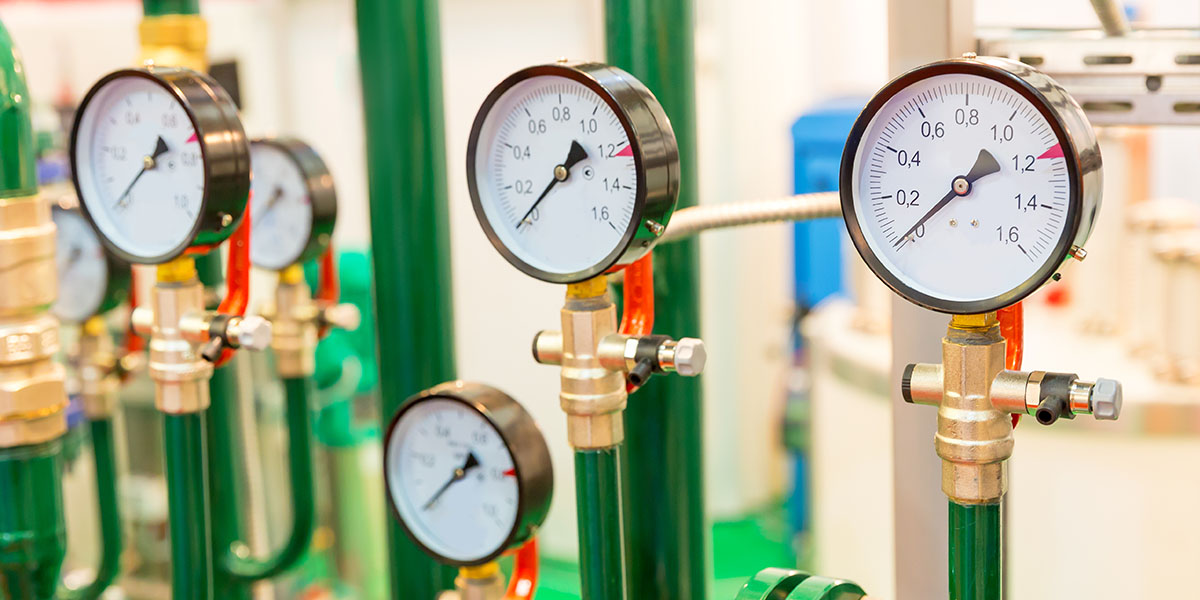Pressure Equipment - CE Mark Certification
The Pressure Equipment Directive 2014/68/EU (PED) was adopted into all European national pressure equipment codes and ordinances, and represents one uniform law for pressure equipment being sold in the European Community.
WHAT HAS CHANGED WITH THE NEW DIRECTIVE?
The technical file to be prepared by the manufacturer should comprise the following information and documents:
The Pressure Equipment Directive 2014/68/EU (PED) was adopted into all European national pressure equipment codes and ordinances, and represents one uniform law for pressure equipment being sold in the European Community.
The objective of the Directive is to lay down the procedures and principles for conformity with the essential requirements, classification, design, manufacturing, instalment, distribution, placing on the market, putting into service, usage, inspection and certification activities for pressure equipment with a maximum allowable pressure PS greater than 0,5 bar.
EQUIPMENT DEFINED IN THE SCOPE OF PED INCLUDE, FOR EXAMPLE
The concept of pressure equipment also includes pipes, and piping sections and assemblies of pressure equipment with control and safety accessories, etc.
The Pressure Equipment Directive 2014/68/EU covers the essential requirements of products (general, design, manufacturing and materials).
Aspects of the design, manufacturing and testing of the equipment are the subject of a large number of harmonised standards, many of which are still in the process of being produced. These standards are defined as “harmonised” and they cover many aspects of equipment design, production and final control. In circumstances where there are no harmonised standards, manufacturers are required to operate in conformity with the essential requirements of the directive or strictly within the guidelines imposed by these standards.
The Directive defines a number of classifications for pressure equipment with related tables, based on the hazard presented (Group 1 or Group 2), maximum allowable pressure value PS and Volume (V) or Nominal Size (DN) (whichever is being used).
| Category | = | Module |
|---|---|---|
| I | = | Module A |
| II | = | Module A2, D1, E1 Module B (Design Type) + D, B (Design Type) + F, B (Production Type) + E, |
| III | = | B (Production Type) + C2, H |
| IV | = | Module B (Production Type) + D, B (Production Type) + F, G, H1 |
Assessment and conformity procedures are different for each category, ranging from self-certification in Category I, the lowest risk category (Module A) to categories II, III and IV where TS EN ISO 9001:2015 production, product and full quality assurance management (Module D/D1, E/E1, H/H1) is applied and/or examination by a notified body (Module A2, B, C2, F and G). The manufacturers can have the choice of modules within pre-determined combinations that best suit their application and manufacturing procedures. Manufacturers may choose to apply a higher Module, if applicable.
Conformity assessment procedures are defined below:
| Module A | Internal production control |
| Module A2 | Internal production control plus supervised pressure equipment checks at random intervals |
| Module B | EU-Type examination – production type EU-Type examination – design type |
| Module C2 | Conformity to type based on internal production control plus supervised pressure equipment checks at random intervals |
| Module D | Conformity to type based on quality assurance of the production process |
| Module D1 | Quality assurance of the production process |
| Module E | Conformity to type based on pressure equipment quality assurance |
| Module E1 | Quality assurance of final pressure equipment inspection and testing |
| Module F | Conformity to type based on pressure equipment verification |
| Module G | Conformity based on unit verification |
| Module H | Conformity based on full quality assurance |
| Module H1 | Conformity based on full quality assurance plus design examination |





